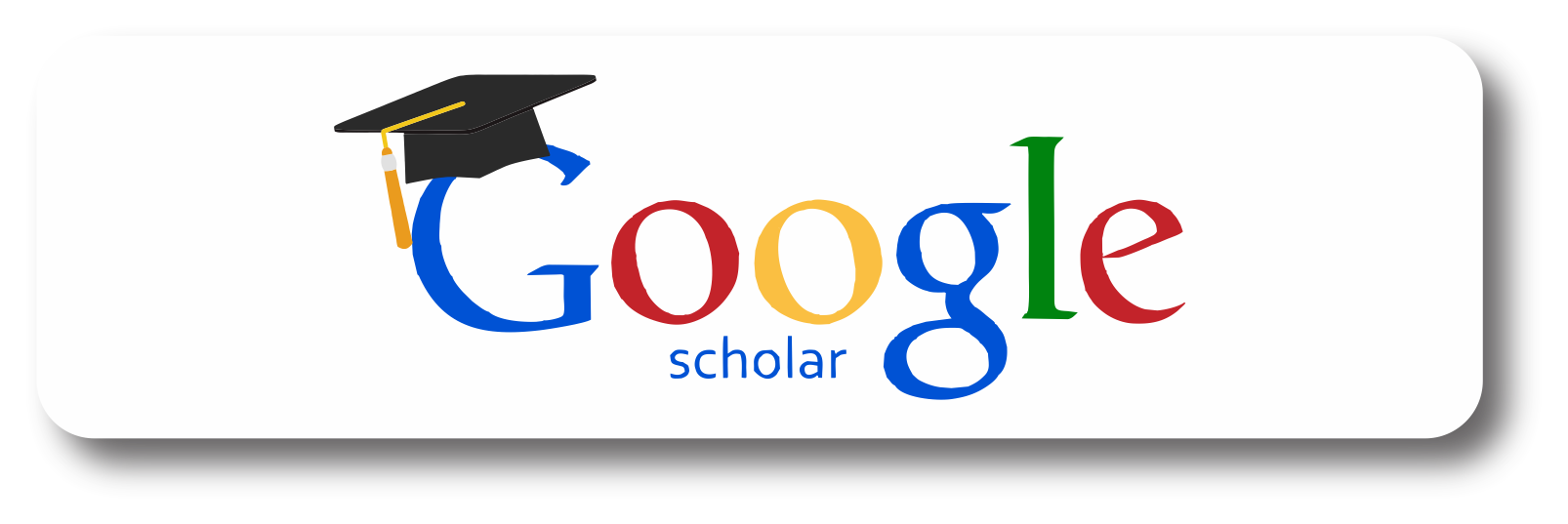TEACHING READING AND WRITING THROUGH DIGITAL TOOLS: A COMPREHENSIVE APPROACH
Keywords:
writing, reading, digital tools, e-booksAbstract
This article explores the integration of technology into the teaching of reading and writing, highlighting both the benefits and challenges associated with its use. As digital tools and platforms continue to evolve, there is increasing interest in enhancing literacy education through technological innovations. The paper reviews current practices, evaluates the impact of technology on student engagement and achievement, and offers recommendations for teachers seeking to incorporate technology into their reading and writing instruction. Findings suggest that, when used effectively, technology can significantly improve both reading comprehension and writing skills, though challenges such as equitable access and teacher preparedness remain.
References
1. Ally, M. (2019). Mobile learning: Transforming the delivery of education and training. Athabasca University Press.
2. Coiro, J., Knobel, M., Lankshear, C., & Leu, D. J. (2008). Central issues in new literacies and implications for reading instruction: A research agenda. The Reading Teacher, 61(1), 1-14.
3. Roblyer, M. D., & Doering, A. H. (2013). Integrating educational technology into teaching (6th ed.). Pearson.
4. Sweeney, S., & McCaffrey, D. (2014). The role of technology in supporting reading and writing instruction. Journal of Literacy and Technology, 15(2), 1-15.
5. Daly, E., & Walsh, J. (2017). The role of digital writing platforms in the development of writing skills. Computers and Composition, 46, 1-13.
6. Leu, D. J., Kinzer, C. K., Coiro, J., & Cammack, D. W. (2004). Toward a theory of new literacies emerging from the Internet and other information and communication technologies. Yearbook of the National Reading Conference, 53, 157-170.
7. Tindle, K., & Chalmers, R. (2018). Exploring technology integration in the classroom: The role of teachers in a digital age. Teaching and Teacher Education, 71, 115-125.


